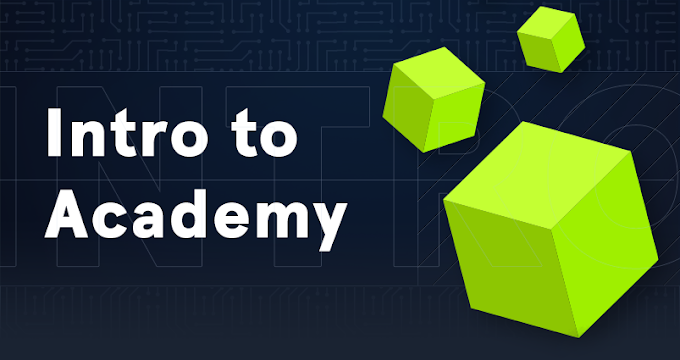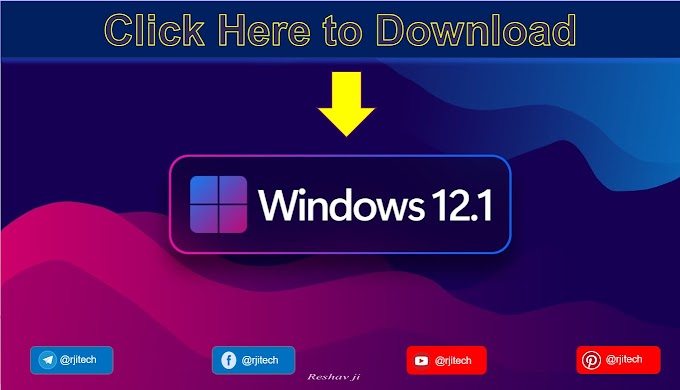Learning Process | The Brain
We need to familiarize ourselves with our brain and get to know some of its components to understand the role of the upcoming sections better, how they are structured, and how they can influence our learning process.
Our brain is a fascinating organ that makes us who we are. It is also the most unexplored area we know. There are also many myths that we all know. One is that we use only 5-10% of our brainpower. It is a myth that is entirely false. Our brain is always active in all regions. This has been tested in many different studies using electroencephalography (EEG) and functional MRI (fMRI).
Another frighteningly strong myth that has become entrenched in all kinds of societies is the belief that how fast we learn something says how intelligent we are. However, most people do not even know that the brain regions responsible for the most difficult logical tasks do not develop until we're 20 (+/- 2) years old. Only then is our brain developed to the point where we can solve such tasks. This is because each person needs a different amount of time to develop certain brain regions.
One of the best-known examples is Einstein, who we know was terrible at math and learned very slowly throughout his school career, unlike the others. We also know some people who were very bad at school in one subject but are unbeatable in another. Without going too deep into cognitive science, neurology, psycholinguistics, and psychology, this is an indicator of the development of specific brain regions of the human body.
Another good example where this can be seen and is widely used is the image of a computer nerd who is very good with computers and seems to know them inside out but has severe social deficits. This, too, can be traced back to the development of specific brain regions because the brain changes on a physiological level when we learn something new.
Even though we seem quite unaware of the organ and hardly understand how it works, over the years, we have discovered methods that have specific effects on our brain in many ways, which we will discuss throughout the rest of this module.
Until now, cognitive science has not been able to prove what a thought is. However, cognitive science is an interdisciplinary science that studies conscious and potentially conscious processes in which conscious and subconscious minds are explored. We have many different cognitive abilities, such as memory, language, perception, problem-solving, mental will, and many more. We will discuss some of these to the point of recognizing their importance and impact. The only thing scientists have agreed on so far is that thought is not material (at least, it has not been proven yet).
The Theory of Thought
The following definition is my personal view and how I see thought. Most scientists coming from brain research will probably disagree with the following definition of thought here because of many personal or professional reasons. But since they do not have an answer either, I will share my definition of thought here that I have not been able to disprove (yet).
- A thought is an individual process (action/reaction) to one or more influences (internal/external) in which information is interpreted and linked inwardly according to our personal methodology (developed through our existing lifetimes).
To better understand this definition, let us consider the following example:
- Scotland has 421 words for "snow."
When reading such new information, an individual process is started, in this case, for most, a surprise (reaction) to an influence (external information influence) that we inwardly imagine (interpret) and process (link to known knowledge).
Working on this theory further, we find that at some point, we will have a series of nodes linked to different information (Scotland - Snow - 421 - Words). Such links are also called associations. We know that our memory and information processing in different situations work based on these association chains stored in our neuronal networks.
Scientists have discovered that our brain is constantly working and that we are continually producing thoughts. However, the latest research has led cognitive scientists to an inconclusive result. They cannot say precisely whether the brain works more actively during our waking or sleeping phases. This is because each of us has a subconscious and a conscious in which the thoughts are processed. This has been proven by the Libet Experiment and that conscious decision, respectively, the conscious experience is delayed after the neuronal processes.
Conscious Thoughts
Our consciousness is also a very complex topic with many views and definitions. Also, this has not yet been researched enough to say how it works in detail. We do not need to know every detail for our purposes in this field to benefit from it. However, we should understand what we are talking about when we talk about conscious and subconscious. For us, however, the following definition is sufficient for the description of human consciousness:
Consciousness describes the totality of all those mental processes by which we become aware of the external and our internal world with active observation. Therefore, when we actively observe that we are looking at a monitor full of text and can decide to change the situation if necessary and intentionally look elsewhere, we are in consciousness.
Unconscious Thoughts
Psychology knows another level of consciousness, the so-called subconscious. Thoughts that arise in our subconscious, we do not perceive superficially. What we do perceive are emotions. Emotions reflect the way we think subconsciously. We process far more thoughts subconsciously than consciously.
Nevertheless, subconscious thoughts influence what we do. Studies have shown, among other things, that the subconscious mind has already made a decision 30 seconds before we become aware of it. One of the first people to study the subconscious mind was Sigmund Freud, who lived about 100 years ago.
Part of Libet's experiments showed that the difference between conscious and unconscious experiences could depend on the duration of brain activity. In these experiments, subjects were given stimuli to the ascending sensory pathway in the thalamus. For example, the subjects saw two lamps, each of which was illuminated alternately for one second. Subjects were asked to say which of the two lamps was lit when the stimulus was administered. If the stimulus lasted for less than half a second, they did not consciously perceive the stimulus. However, even if they did not consciously perceive a stimulus, the subjects were asked to guess which lamp was lit while the stimulus was administered. This showed that even if the subjects were not consciously aware of the stimulus, they guessed correctly much more frequently than at random (50 percent). When the stimulus lasted 150 to 260 milliseconds, the subjects guessed correctly 75 percent of the time. For the test subjects to perceive the stimulus consciously, the stimulus had to last 500 milliseconds.







.gif)

You are right 💻😄
ReplyDeleteMake it better 🙂☺️🙂
ReplyDeleteThanks ✌️✌️✌️✌️✌️✌️✌️
ReplyDelete